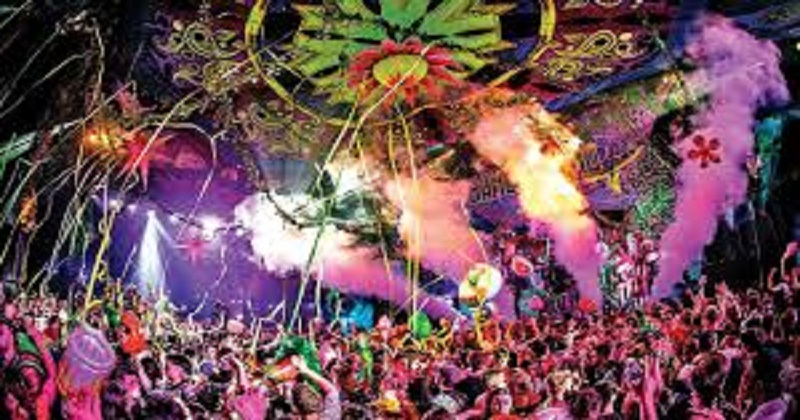
The Narcotics Control Bureau (NCB) raided a rave party in Mumbai on October 2 and detained 8 people, including Aryan Khan, the elder son of Bollywood star Shah Rukh Khan. NCB arrested Aryan Khan on Sunday, October 3, at 2 pm, after detaining and questioning the star kid. Khan was arrested in connection with the seizure of several drugs by the agency, including 13 grams of Cocaine, 5 grams of MD, 21 grams of Hashish, 22 pills of MDMA, and Rs 1.33 lakh in cash.
In addition to Aryan Khan, actor Arbaaz Merchant was also arrested during the raid. This was not the first raid at a rave party in India. West Coast rave parties have been held for decades. Throughout the past few years, they have gained prominence in India and have been discussed at length in the media.

What are rave parties?
Raves are dance parties devoted to a particular genre of music called electronic dance music. Historically, rave parties have been a form of underground music provided by DJs at illegal, underground events in the 1990s. In addition, these events often feature live bands and dancers. A raver is someone who attends one of these events.
The music at rave parties is played at a very high volume with deep bass sound thanks to powerful subwoofers and big sound systems, while visual effects include laser shows, projections, neon signs, and fog machines. Rave parties can range in size from smaller parties in private enclosures and clubs to large festivals with multiple DJs and designated dancing areas, held in large grounds or warehouses. During such parties, the music continues non-stop for many hours, lasting overnight or even for a full 24-hour period. Rave parties can charge ravers exorbitant entry fees.
Read more: Facts about ‘Stone Fruits’ – Types, Benefits and Dietary Guidelines
Origin of the term ‘rave’
Rave is credited with having originated in 1950s London, the UK, where it was used to refer to ‘wild bohemian parties’. It became a catch-all term for wild, over-the-top parties in general, but eventually faded away. In the 1990s, dance music re-emerged as a genre.
Rave parties with illegal drugs
Rave parties are associated with the widespread consumption of illegal drugs such as cocaine, MDMA, MD, LSD, GHB, cannabis, hashish, ketamine, amphetamine, and methamphetamine. Narcotic agencies and police are always on high alert against these types of events, and they raid rave parties in order to catch drug suppliers and bust rackets.

Post Your Comments